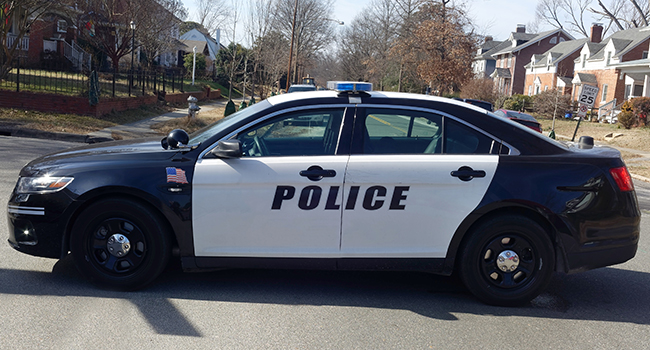
University of Oregon Piloting Police Program: Vacation Watch
During the university’s winter break, Dec. 7 – Jan. 6, the University of Oregon Police Department will add checks of registered vacant residences to their daily routine patrols.
- By Jessica Davis
- November 30, 2018
The University of Oregon Police Department is launching a new police patrol program in an effort to reduce property crime in neighborhoods near campus. The program is called Vacation Watch, and students can opt into the daily patrols and residence checks before they leave for winter break.
During the university’s winter break, Dec. 7 – Jan. 6, the UOPD will add checks of registered vacant residences to their daily routine patrols. Students can register for the program on the UOPD website, which also offers advice on changing their mail delivery while they’re absent.
Participation in the Vacation Watch program can’t guarantee that a property won’t be targeted by criminals, but the goal is to deter crime via police presence and quickly notify residents if there’s anything suspicious going on around their home.
"This is our first time trying this at the UO," Police Chief Matt Carmichael said. "The goal is to reduce theft or burglary while students are away on break and work with our partners and residents to keep these off-campus neighborhoods safer."
In addition to UOPD’s Vacation Watch, members of the Eugene Police Crime Prevention Team and the volunteer Senior Patrol Team will be performing weekday patrols in near-campus neighborhoods. Both teams have marked vehicles and will park the vehicles in neighborhoods to increase law enforcement visibility and deter criminals.
"We'll take an observe-and-report approach and hopefully deter crime based on our visibility," EPD crime prevention acting supervisor Debbie Janecek said.
About the Author
Jessica Davis is the Associate Content Editor for 1105 Media.